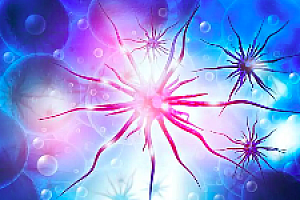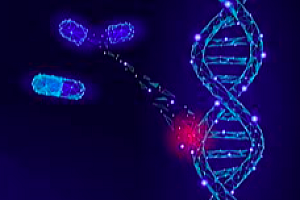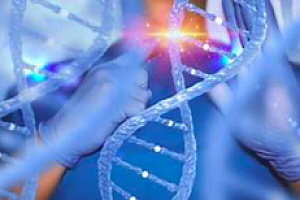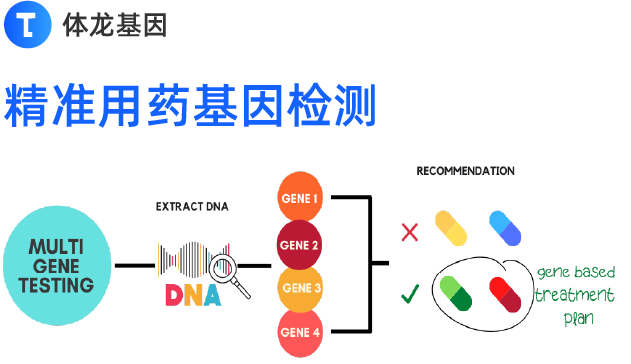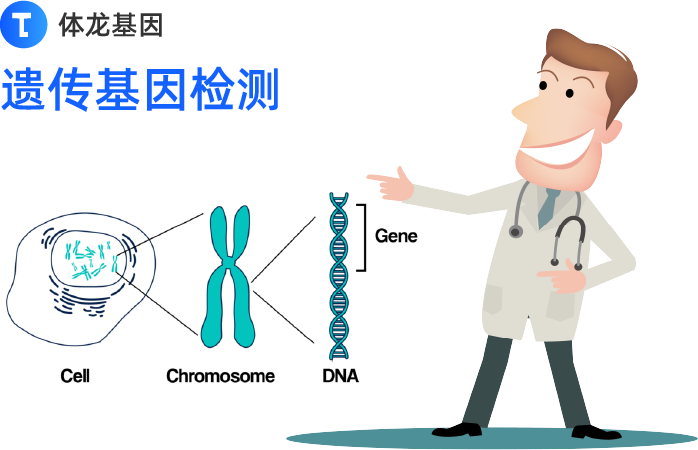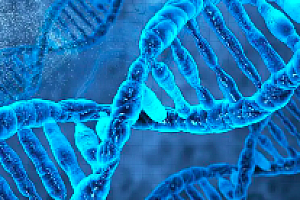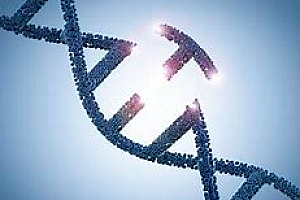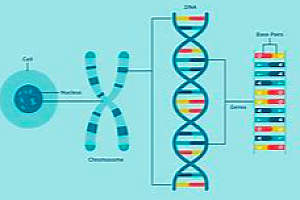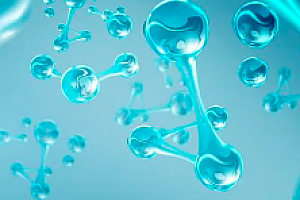来自韩国浦项科技大学(Pohang University of Science and Technology),韩国KAIST的研究人员利用纳米通道分析碱基导电性变化,从而完成DNA测序,这样的测序方法能大大缩短测序的时间,预计可以在1小时内分析30亿对碱基,这对于基因组测序研究而言具有重要的意义。这一研究成果公布在《Nature Nanotechnology》杂志上。
领导这一研究的是韩国浦项科技大学金光洙教授(Kwang S. Kim,音译),其研究组曾发明过世界最小键盘,这种由68个一万分之一米大小的零部件组装而成的超小型电脑键盘技术,可以用于硅半导体芯片的组装和将活细胞或组织制作成特定模式的组织工学,还可以进行关于让细胞按照特定形态生长的研究。
据KBS报道,上世纪90年代,人类基因工程启动,那时候,科学家每天人工测序5000对碱基。21世纪初期,自动测序仪每天可以测序10万对碱基,而现在,每天可以测序250亿对碱基。但是,目前要分析人类所有的基因仍然需要至少几周的时间。
而这项最新成果可以将时间缩短到仅仅几个小时,这种技术可以实现每小时分析30亿对碱基。研究人员还认为可以将这一时间缩短至几分钟,因此随着技术的不断进步,基因图谱有望在几分钟内被破解。
这一技术主要是通过让一个DNA通过纳米通道,每个碱基就会附着在石墨纳米带状体上几微秒钟。研究人员通过改变石墨导电性能的方式分离四种碱基——腺嘌呤,胸腺嘧啶,胞嘧啶和鸟嘌呤。这样基因测序可以通过观察导电性变化,更快更准确地进行。
一般来说,当DNA经过石墨,DNA碱基的方向是随机的,但是研究人员能够区分是哪一种DNA碱基经过,因为他们能够分辨出哪种碱基附着在石墨上。两者之间所产生的吸引力迫使它们并行,这意味着它的方向就是确定的。如果方向不确定,碱基的信号就无法捕捉,但是如果所有的碱基都指向一个方向,那么他们就可以清晰的捕捉信号,分析DNA序列信息。这些信息变化就可以由一台电脑收集,在短短一个小时之内就可以对DNA进行测序。
这项研究对于基因和生物工程领域研究意义重大,而且还能够为疑难杂症的治疗提供解决方案。这种方法还将推进基于基因信息的医疗、基因突变、遗传性疾病、个体和适应性疾病的发展,甚至推进人类进化研究的进程。
原文摘要:
Fast DNA sequencing with a graphene-based nanochannel device
Devices in which a single strand of DNA is threaded through a nanopore could be used to efficiently sequence DNA1, 2, 3, 4, 5, 6, 7, 8, 9. However, various issues will have to be resolved to make this approach practical, including controlling the DNA translocation rate, suppressing stochastic nucleobase motions, and resolving the signal overlap between different nucleobases4, 7. Here, we demonstrate theoretically the feasibility of DNA sequencing using a fluidic nanochannel functionalized with a graphene nanoribbon. This approach involves deciphering the changes that occur in the conductance of the nanoribbon10, 11 as a result of its interactions with the nucleobases via π–π stacking12, 13. We show that as a DNA strand passes through the nanochannel14, the distinct conductance characteristics of the nanoribbon15, 16, 17 (calculated using a method based on density functional theory coupled to non-equilibrium Green function theory18–20) allow the different nucleobases to be distinguished using a data-mining technique and a two-dimensional transient autocorrelation analysis. This fast and reliable DNA sequencing device should be experimentally feasible in the near future.
(责任编辑:labweb)



